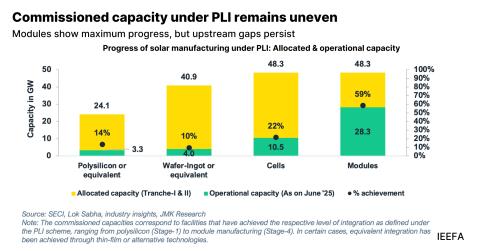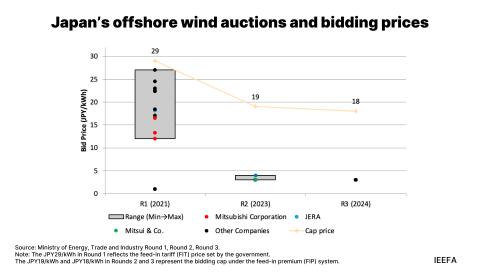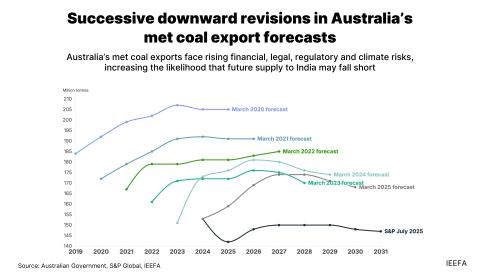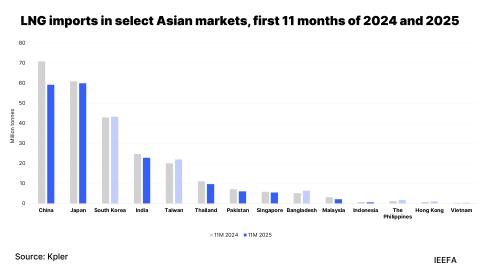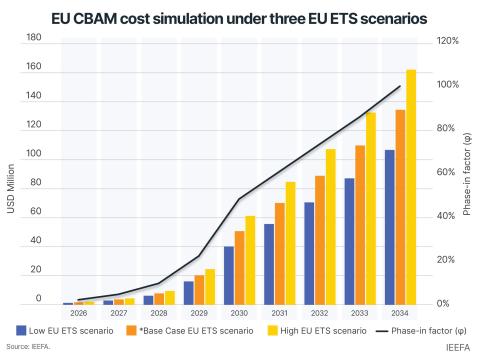Entrepreneurial State Boosters for India’s Climate-Tech Rocketship

Key Findings
Beyond traditional instruments like grants for basic research, public investments can be structured to exhibit patient, risk-tolerant capital. By cushioning initial high risks, such investments not only provide a lifeline but also represent confidence, thereby ‘crowding in’ private sector finance as technologies mature.
Creating a state-supported or co-managed venture fund focusing exclusively on climate technologies has shown promising outcomes in Finland, Estonia and New Zealand. It amalgamates expert portfolio management with tailored financing solutions for startups and scaleups. Initiatives like “Make in India” can also benefit from such funding avenues.
A portfolio-based strategy accommodates investments across the spectrum of promising climate technologies and startups. This approach opens doors to potentially high returns while cushioning the impact of any single failure.
India’s pledge to achieve net zero by 2070 underscores the urgent need for economic transformation. Scaling up next-generation high-impact net-zero solutions is essential to attaining this goal. But often, such technology can run into an early-stage funding wall. To help promising new climate technologies overcome business and policy hurdles, a paradigm shift in the government’s role is crucial. By going beyond policymaking and providing subsidies to act as a strategic, entrepreneurial investor, the government can serve as an enabler. A proactive stance can help it secure a leadership position in the emerging green economy even as some developed countries rescind their climate commitments.
History is rife with cases where proactive state support catalysed pathbreaking innovations/discoveries – be it pioneering sea voyages in the 1600s or the moonshot mission marking the arrival of the space age in the last century. Recent examples include state-funded research and early-stage financial support to the Information and Communication Technology sector, and the global acceleration of renewable energy generation and adoption. Although state support for these sectors was limited, the high impact it had in pushing the frontiers of human achievements cannot be overstated. Such policies, often a characteristic of an “entrepreneurial state”, entail proactive identification and investments in relatively high-risk, high-reward technological areas, usually before the private sector is willing or able to. For India’s ambitious net-zero and energy independence strategies, making such investments is crucial.
Accelerating Innovation: Bridging the Commercialisation Gap
A significant challenge lies in advancing nascent climate technologies from laboratory-proven potential to commercial viability at scale. Breakthrough solutions essential for deep decarbonisation – such as achieving the 1-1-1 goal for green hydrogen production (US$1/kg in 1 decade), advanced energy storage systems, carbon capture, utilisation and storage, and sustainable aviation fuels – see limited enthusiasm from private investors. Private finance typically chases low-risk business opportunities with clearer pathways to profitability in the short- to medium-term. They are discouraged by the inherent technological and business uncertainties of yet-to-be-proven innovations.
This void can be filled through strategic public capital. Beyond traditional instruments like grants for basic research, public investments can be structured to exhibit patient, risk-tolerant capital. By cushioning initial high risks, such investments not only provide a lifeline but also represent confidence, thereby catalysing or ‘crowding in’ private sector finance as technologies mature. India’s National Green Hydrogen Mission, targeting 10 million metric tonnes of production by 2030 (including export potential), exemplifies a classic scenario. Achieving this target will require investments of up to US$100 billion, with most of it directed towards scaling electrolyser technology and infrastructure. Here, state-supported co-investment could be pivotal. Similarly, achieving 500GW of non-fossil fuel energy capacity by 2030 demands going beyond the horizon defined by solar and wind deployment towards in-demand side management and novel energy storage solutions.
Strategic Risk Allocation: A Portfolio Approach to Public Climate Investment
Concerns over taxpayer money being channelled into risky ventures often dominate the discussion on state investment. In the US, Solyndra, a solar company that went bankrupt despite state-backed guarantees, remains a case in point. However, such examples ignore the characteristics of innovation finance. In such ventures, failures are a feature, not an anomaly. They are an outcome of the larger diversification strategy. The same US Department of Energy programme provided a US$465 million loan to Tesla at a critical juncture. This eventually led to the electric vehicle revolution. Such examples underscore the substantial value accruing from high-potential investments. In hindsight, had equity stakes been a part of the public investment in Tesla, the financial returns could have been significant.
Thus, prudent risk management through diversification, instead of zero exposure to risk, is the way to go. A portfolio-based strategy accommodates investments across the spectrum of promising climate technologies and startups. This approach opens doors to potentially high returns while cushioning the impact of any single failure. Such returns can be further ploughed back to future-proofing our planet, creating a virtuous innovation cycle.
Such a model is relevant for countries like India, as current venture capital flows into Indian climate technology while growing, which remains insufficient compared to the scale of the transition challenge. According to an INSEAD study, India’s climate technology venture capital domain is still in its early stages, and the gap in Series B and Series C funding for companies is yet to be bridged. Innovative structuring of public investment to include equity stakes, royalty rights on intellectual property, or revenue-sharing agreements can ensure they remain remunerative.
Investing in Tomorrow: Securing India’s Climate and Economic Leadership
To invest in climate technology, one needs to effectively combine public resources with private capital. Diverse models are suited to different growth stages and risk profiles:
- Strategic grants and subsidies can be key in driving innovation, especially in early-stage research, feasibility studies and prototyping.
- Public equity capital provides direct investments as patient, risk-tolerant capital, creating breathing space for companies to achieve development milestones. It signals large-scale value-creation potential for public and private interests, as seen with the UK’s co-investment funds and Belgium’s Gimv.
- Targeted risk mitigation entails providing state-backed insurance or guarantees designed to mitigate specific, high-impact risks (e.g., technological failure in novel systems, long-term policy stability). This can also help the government unlock private capital.
Creating a state-supported or co-managed venture fund focusing exclusively on climate technologies has shown promising outcomes in Finland, Estonia and New Zealand. It amalgamates expert portfolio management with tailored financing solutions for startups and scaleups. Initiatives like “Make in India” can also benefit from such funding avenues.
To fight climate change, it would be imprudent to rely solely on existing market mechanisms and conventional policy levers. The government needs to assume the role of an entrepreneurial investor – this will also boost the private sector. It can steer domestic innovation and enhance the country’s global competitiveness to achieve economic resilience and energy security.
This article was first published in The Hindu BusinessLine.




